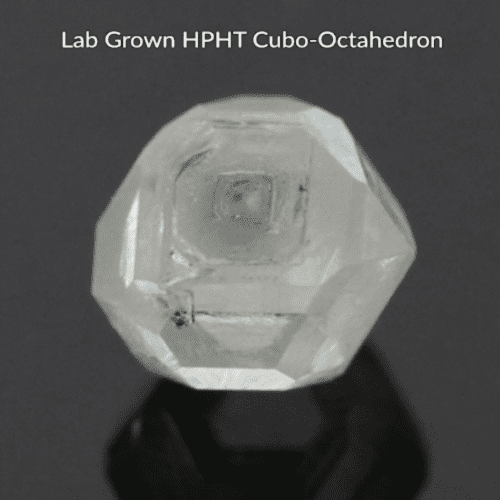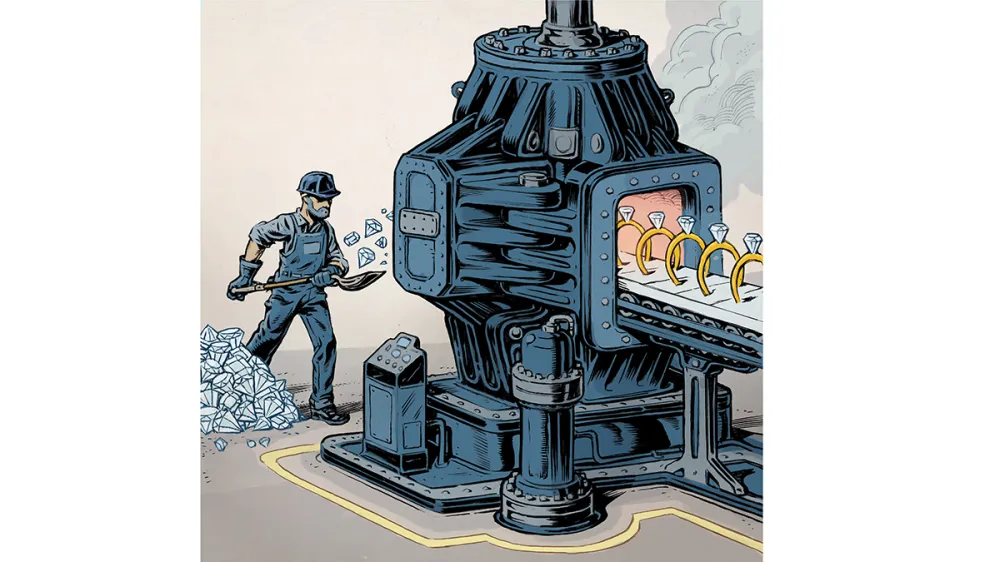Natural Diamond Prices – August 2025
PriceScope’s August 2025 report tracks the latest movements in natural diamond pricing, shaped by tightening global supply, evolving shape preferences, and continued pressure from lab-grown diamonds. While premium-grade stones in…
















